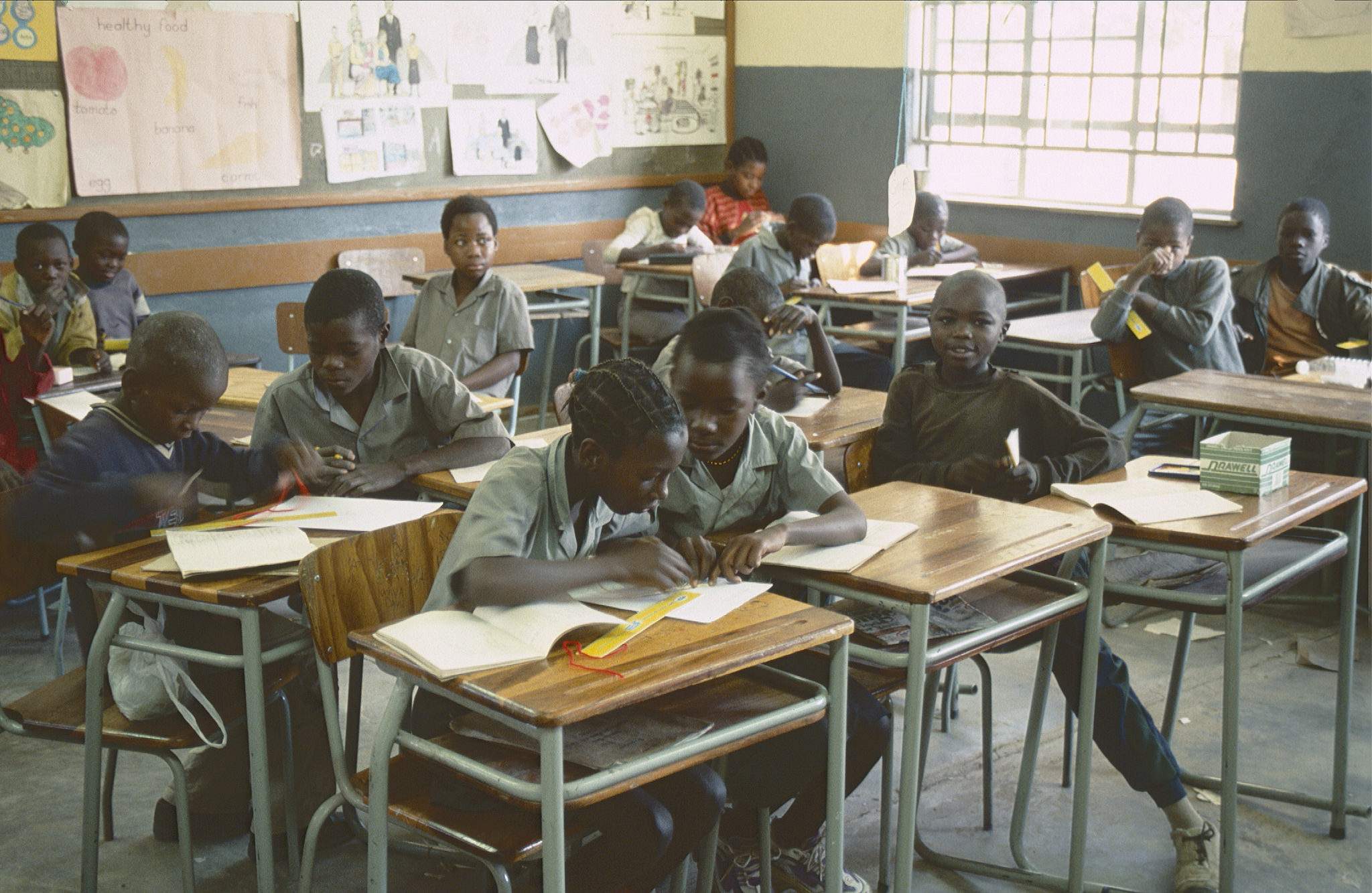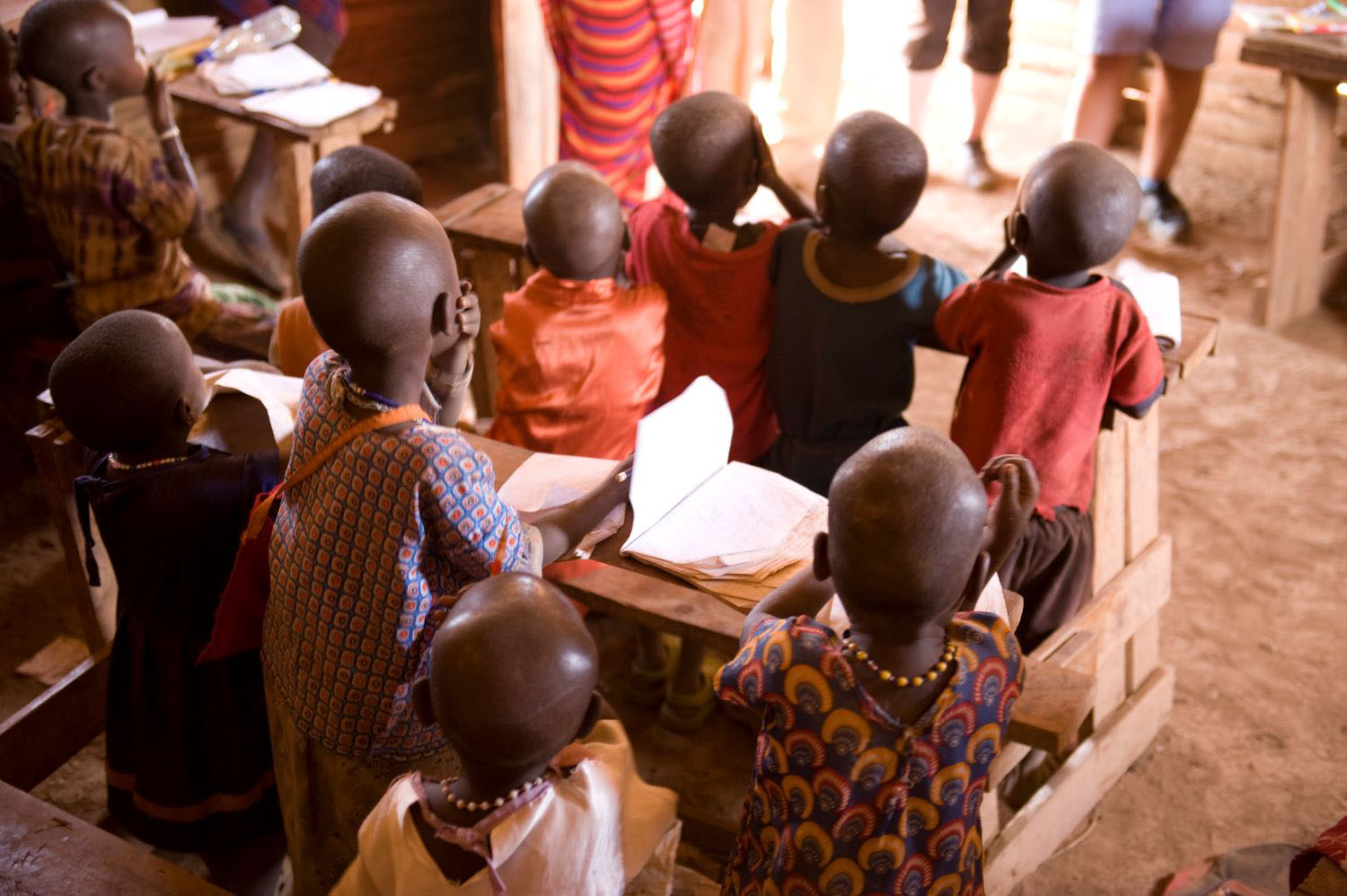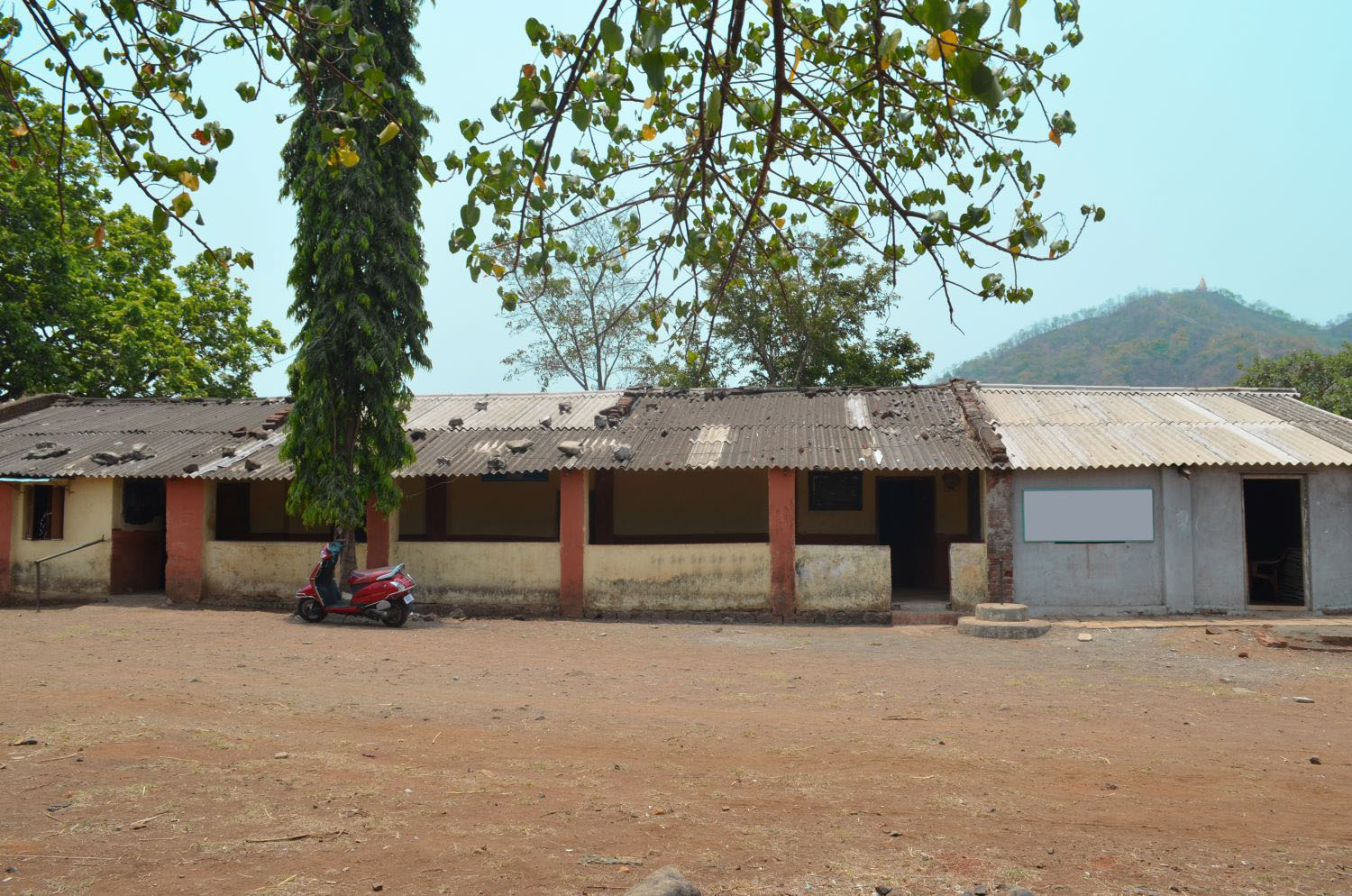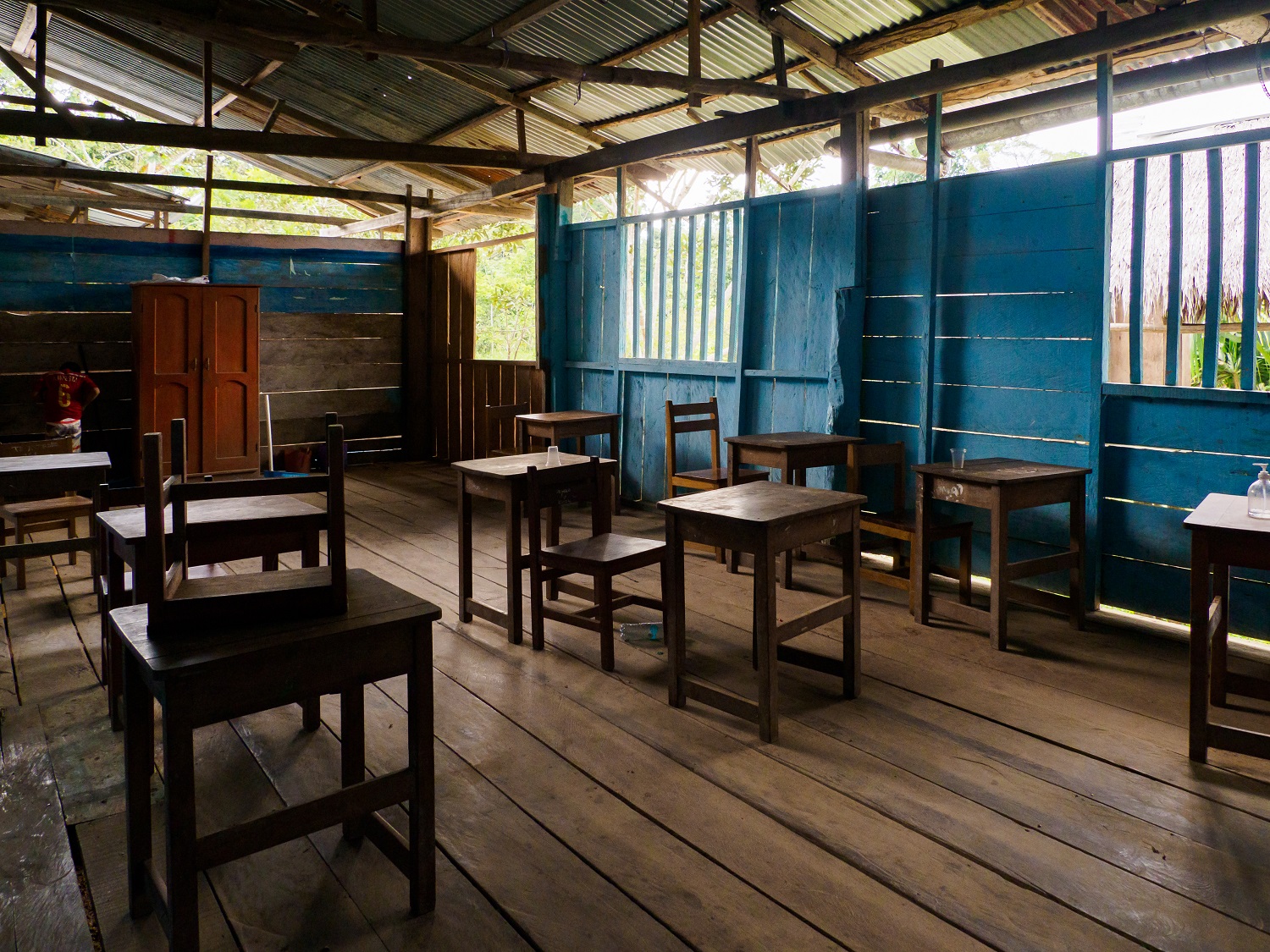This post was originally published by the Centre for Education Economics.
Education policymakers care about more than just test scores. They probably care a lot about making policies that will help them get re-elected. They might care about particular people or places that have been historically disadvantaged. And perhaps they care about building a more integrated society: breaking down social barriers by putting children from different socioeconomic backgrounds in the same classrooms and positively influencing interracial or interclass attitudes and social behaviour.
A number of policies have been designed to do just this. For example, the landmark 1954 Supreme Court decision to desegregate American schools—decreeing that “separate educational facilities are inherently unequal”—led to court-ordered desegregation of US schools between the 1960s and 1980s. And it worked. Rucker Johnson’s 2015 long-run study on mandated desegregation followed students born between 1945 and 1968 through to 2013, finding that desegregation significantly improved the educational attainment, earnings, health, and incarceration rates of black students. At the same time, it had no effect on outcomes for white students. But while the legal battle for desegregation has largely been won, the reality is that schools in America today are actually becoming more segregated, mostly driven by urban housing disparities. Almost half of black and Hispanic children attend a school that is 90 percent nonwhite.
The world’s largest desegregation effort?
Perhaps the largest-ever attempt to integrate schools is currently underway in India. Clause 12 of India’s 2009 Right to Education (RTE) act mandates all private schools to reserve at least a quarter of their places for children from disadvantaged families. The government then reimburses the fee directly to the school—up to a maximum of the level of government spending per child. Schools are not permitted to select students by ability or socioeconomic background. If schools are oversubscribed they are required to run their admissions through a lottery.
With over 60 million children estimated to be enrolled in private schools in India—and potential consequences for more than 300 million school-age kids—this is a massive effort by the government to give disadvantaged children access to the same educational opportunities as their richer peers. It is an explicit acknowledgement of the acute segregation in India’s education system, with the rapid rise in private education reflecting and indeed amplifying societal and economic inequalities. RTE Clause 12—in theory at least—is a direct challenge to some of the institutions and vested interests that propagate the segregation of educational opportunities available to Indian children.
Bringing poor kids into elite classrooms makes the richer kids nicer. . .
RTE Clause 12 is by no means an unmitigated success. Economists Esther Duflo and Abhijit Banerjee have criticised the policy for its focus on inputs and process over learning outcomes. A number of studies, including by Geeta Gandhi Kingdon and Francis Teal in 2010 and Abhijeet Singh in 2013, show that the criteria used for official registration of private schools—physical infrastructure, teacher qualifications, etc.— are not good predictors of school performance. But a recently published paper by Gautam Rao sheds light on an isolated but important effect of the policy: mandating elite schools to admit poor kids into classrooms full of rich children has inherent value in terms of social cohesion and reducing prejudice.
Rao’s study exploits the phasing-in of the policy in 17 “elite” private schools in Delhi (schools with fees of more than 2,000 rupees ($30) per month). To be eligible for the government subsidy, children had to come from households with incomes of less than 100,000 rupees per year ($1,500)—around the 45th percentile of household income distribution. The average “poor” student in Rao’s sample is from the 25th percentile. In contrast, the typical “rich” student in the sample is from well above the 95th percentile of income distribution. So, while it’s possible to dispute how pro-poor the RTE policy really is, the poor kids in this experiment are—without question—of a very different socioeconomic status to the wealthy kids enrolled in the study’s elite private schools.
Rao gathered attainment and administrative data on around 2,700 kids, and compared those in year groups exposed to Clause 12 to those in immediately older cohorts who were not. The results are nothing short of heart-warming. Being around their poorer classmates made wealthier students more prosocial. Rich kids in the treatment group were 60 percent more like to volunteer for charity. It made them substantially more generous—they were 45 percent more willing to share money with poorer kids. They wanted to socialise with poor children—they were much more enthusiastic to accept weekend playdates with kids from schools in poorer neighbourhoods. And, it made the rich kids more willing to pick poor children to be on their side in team sports. This is not only a prosocial behaviour, but one that corrects for a potentially inefficient behaviour: i.e., picking low-ability rich kids over high-ability poor kids. Integration in schools reduces this inefficiency—high-ability poor children become more likely to be chosen. Notably, these effects were not just limited to poor kids at their school. Mixing classrooms changed the behaviour of rich kids toward other poor children—strangers to them—outside their school.
. . . and doesn’t harm their attainment or behaviour (although they do swear a bit more)
A common pushback to desegregation is the claim that bringing in disadvantaged children will cause negative effects on children already in elite schools. There is a substantial but inconsistent literature examining peer effects in education to draw from. For example, Hanushek et al. (2003) found that peer achievement has a significant positive effect on achievement growth, with students throughout the score distribution benefiting from higher-achieving classmates, while Angrist and Lang (2004) found only modest and short-lived effects of desegregation on test scores.
Returning to Delhi, Rao found that while poor students performed worse than rich students in tests, bringing the poor kids into the classroom had no significant effect on their rich classmates’ overall scores. There was a marginal negative effect on English language scores,[1] which also happens to be the subject with the greatest achievement gap between rich and poor, most likely reflecting the fact that the poor kids in the sample almost exclusively speak Hindi at home.
Rao found no increase in disruptive or violent behaviour in the classrooms he studied. However, it does seem that the incoming kids from disadvantaged families taught their affluent classmates some new language skills. The number of rich kids using swear words increased by 7 percentage points in the treatment group.
Education policymakers need to take desegregation more seriously
Rao’s findings are somewhat reflected at tertiary level in Colombia in a study by Juliana Londono-Velez. She studies a government scholarship programme that allowed 10,000 low-income students to attend an elite university. Like Rao, she found that mandated classroom integration made richer kids nicer. Exposure to their poorer classmates made them more sympathetic to challenges of poverty and social mobility, increased their support for meritocracy in college admissions, and increased support for wealth redistribution. The policy had no negative effect on academic outcomes: grades and dropout rates were unaffected.
These studies are of great significance for both poor and rich countries, particularly at a time when policymakers are grappling with integration of refugees into school systems, financing scale-up of post-primary education, and a trend of increasing, not decreasing, school segregation. It may seem like common sense to assume that getting rich and poor kids to go to the same schools is a good way to equalise educational opportunities and improve social cohesion. Yet, government-mandated integration of schools—through policy instruments like India’s RTE Clause 12—is rarely discussed in education policy-making. The policy goals in the World Bank’s framework paper on “what matters most for equity and inclusion in education systems” make no reference to school desegregation and integration. And vested interests in developed and developing countries alike seem intent on protecting and even increasing highly selective admissions into elite government schools.
Rao’s study makes a substantial contribution to the literature on desegregation and peer effects in education. It should be on the reading list of every education policymaker. He shows that government-mandated desegregation policies can have a profound impact—beyond learning outcomes—on social cohesion, social behaviour, and perhaps even nation-building. For all its flaws, RTE Clause 12 has the potential to help address the socioeconomic stratification in Indian schools that has perpetuated inequality over generations. Of course, test scores really matter. But in India and elsewhere—perhaps now more than ever—so do nicer schools and more inclusive education systems.
Thanks to Gautam Rao and Justin Sandefur for their comments on a draft of this post.
[1] The non-effect on maths and Hindi scores is consistent with findings from Muralidharan et al. (2013), who found no effect on the achievement of existing students in private schools in rural India when poorer and lower-achieving children entered their classroom on vouchers.
Disclaimer
CGD blog posts reflect the views of the authors, drawing on prior research and experience in their areas of expertise. CGD is a nonpartisan, independent organization and does not take institutional positions.





